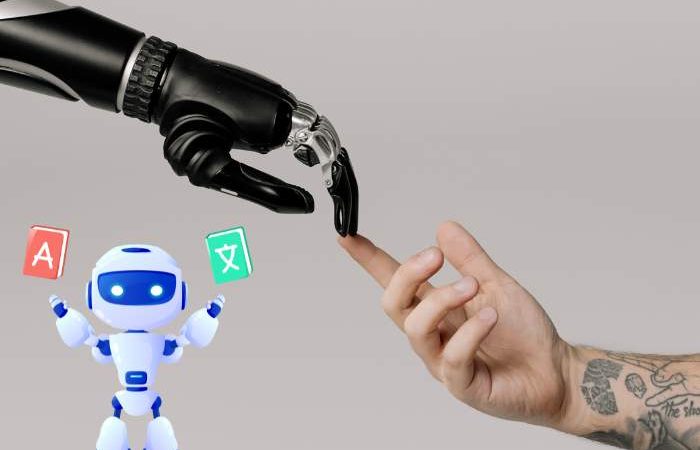
Why Chatbots are Outshining Siri, Alexa, and Google Assistant
The advent of Siri in 2011 introduced the world to the possibilities of virtual assistants powered by artificial intelligence (AI). However, in the 12 years since, Siri and competing voice assistants such as Amazon’s Alexa and Google Assistant have not lived up to their promise. Clunky design and miscalculations have held them back, leaving the door open for chatbots to rise.
Chatbots, powered by large language models trained to recognize and generate text, are capable of improvising answers to questions typed into a chat box. ChatGPT and ChatGPT Plus, products from the San Francisco-based company OpenAI, are examples of AI-powered chatbots that can handle complex tasks like coding software, drafting business proposals, and even writing fiction.
Unlike chatbots, voice assistants like Siri, Alexa, and Google Assistant are essentially command-and-control systems. They can understand only a finite list of questions and requests and cannot improvise. Additionally, Siri’s cumbersome design made it time-consuming to add new features.
The virtual assistants’ shortcomings have led to a surge in chatbot popularity. The new generation of virtual assistants is getting closer to human-level dialogue capabilities. Companies like Apple and Google are working on language-generating concepts to improve their AI capabilities and are integrating chatbot technology into their systems.
However, voice assistants and chatbots are based on different flavors of AI Voice assistants rely on natural language processing and understanding, while chatbots are powered by large language models.
In recent years, Amazon and Google have struggled to generate meaningful revenue with their assistants. Amazon hoped to use Alexa to increase sales in its online store, but few people asked Alexa to order items. Additionally, Amazon may have overinvested in making new hardware that worked with Alexa, which sold at or below cost, while underinvesting in creating an ecosystem for people to easily expand Alexa’s abilities.
Meanwhile, Google engineers spent years experimenting with Google Assistant to mimic what Alexa could do, including designing smart speakers and voice-controlled tablet screens to control home accessories like thermostats and light switches. However, over time, Google realized that most people used the voice assistant only for simple tasks like starting timers and playing music.
The excitement around chatbots illustrates how Siri, Alexa, and other voice assistants have squandered their lead in the AI race. As chatbots continue to improve, the technologies of voice assistants and chatbots will converge, making it possible to control chatbots with speech and ask virtual assistants to help with complex tasks beyond checking the weather.
In Conclusion
The AI race has shifted from voice assistants to chatbots, as the former has failed to meet expectations due to their clunky design and miscalculations. Chatbots, powered by large language models, are capable of improvising answers and handling complex tasks, making them increasingly popular. Companies like Apple and Google are investing in language-generating concepts to improve their AI capabilities and integrating chatbot technology into their systems.






















